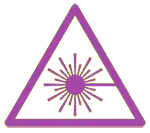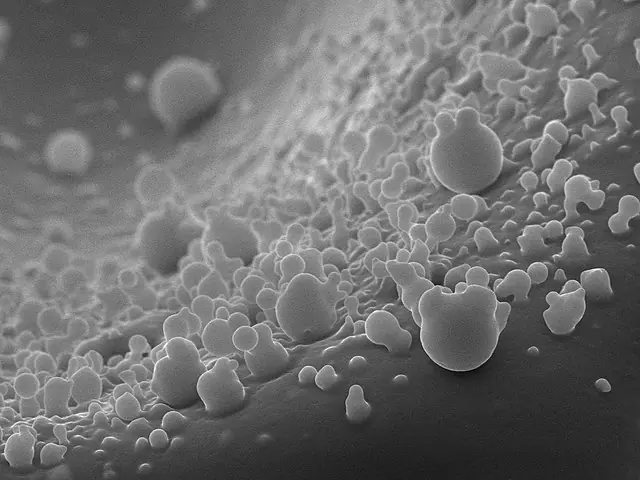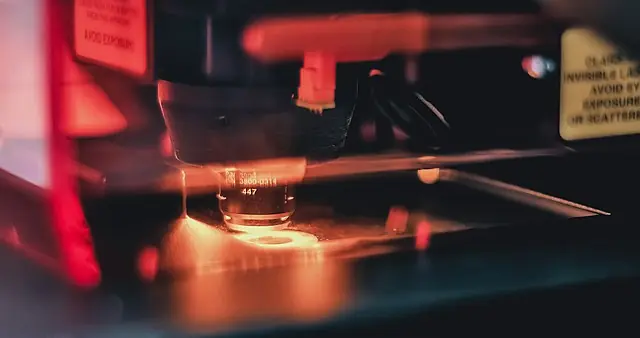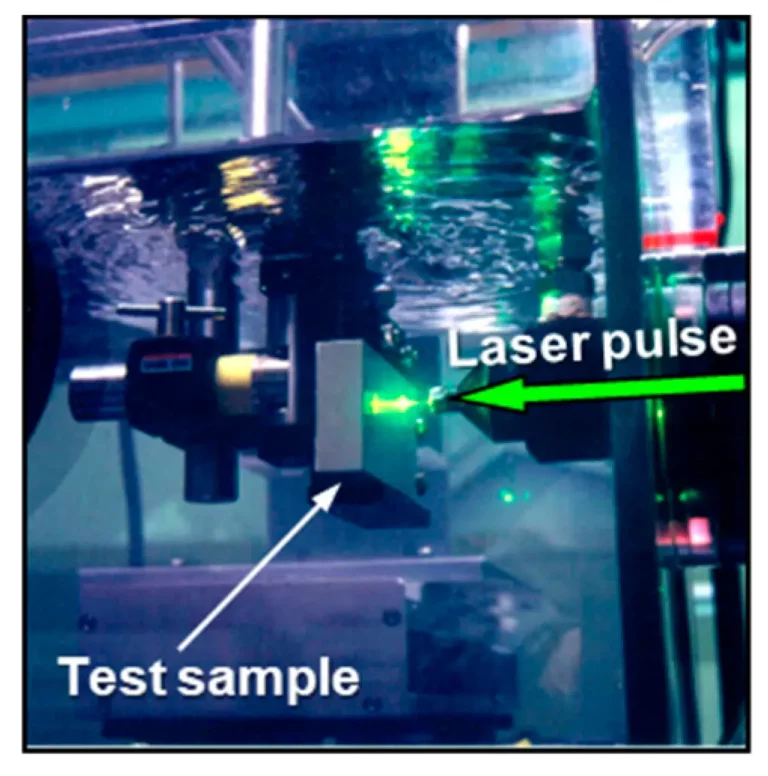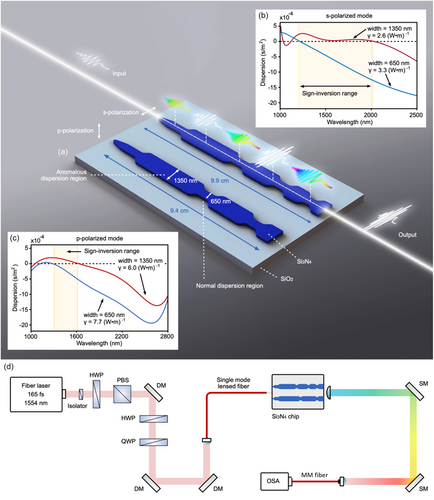Supercontinuum Laser
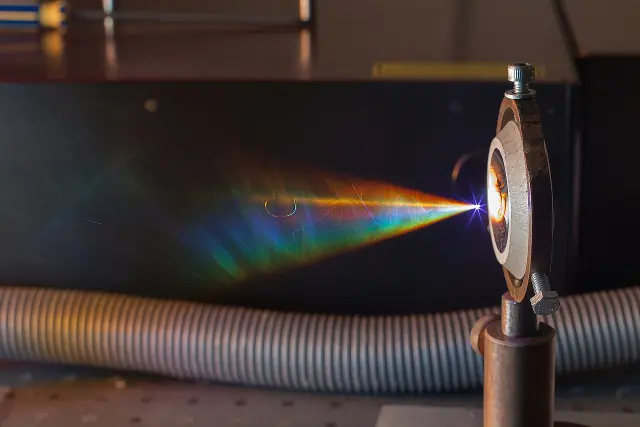
A supercontinuum laser is a type of laser that generates a broadband spectrum of light. This spectrum extends over a wide range of wavelengths, from the ultraviolet to the infrared region. The term “supercontinuum” is derived from the fact that the laser’s spectrum is continuous, unlike that of a typical laser, which is typically limited to a narrow range of wavelengths.
Supercontinuum lasers are created by using a non-linear optical process called supercontinuum generation, in which a pump laser is used to generate a high-intensity beam of light. This beam is then focused into a non-linear material, such as a fiber or crystal, where the non-linearity of the material causes the beam to generate a broad spectrum of wavelengths through a process called four-wave mixing.
Supercontinuum lasers have a wide range of applications, including telecommunications, spectroscopy, and medical imaging.
In telecommunications, supercontinuum lasers can be used to transmit data over long distances through optical fibers. The broad spectrum of wavelengths generated by the laser allows for the transmission of multiple channels of data simultaneously, increasing the overall capacity of the fiber optic communication system.
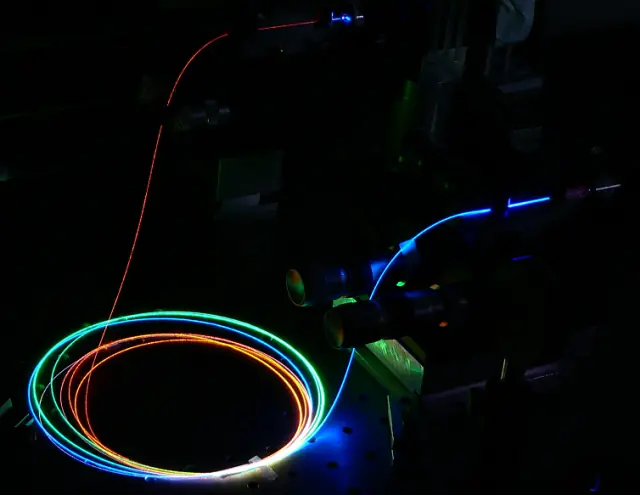
In spectroscopy, supercontinuum lasers can be used to study the absorption and emission spectra of various materials. The broad spectrum of wavelengths generated by the laser allows for the analysis of a wide range of molecular transitions, providing detailed information about the chemical composition and structure of the material.
In medical imaging, supercontinuum lasers can be used to generate high-resolution images of tissues and organs. The broad spectrum of wavelengths generated by the laser allows for the detection of a wide range of absorption and scattering coefficients, providing detailed information about the structure and composition of the tissue.
Supercontinuum lasers are also used in the generation of attosecond pulses, which are ultra-short pulses of light with durations on the order of attoseconds (1 attosecond is equal to 10^-18 seconds). Attosecond pulses are used in a variety of scientific and technological applications, including the study of ultrafast phenomena, such as chemical reactions and the motion of electrons in atoms and molecules.
One of the key advantages of supercontinuum lasers is their ability to generate a broad spectrum of wavelengths with a single device, which makes them highly versatile and efficient. They are also relatively easy to generate and can be produced with a variety of different materials and configurations.

In technical terms, supercontinuum lasers function by generating a high-intensity beam of light using a pump laser. This beam is then focused into a non-linear optical material, such as a fiber or crystal, where the non-linearity of the material causes the beam to generate a broad spectrum of wavelengths through a process called four-wave mixing.
Four-wave mixing is a non-linear optical process in which three waves of light (called the pump, signal, and idler waves) interact in a medium to produce a fourth wave (called the sum-frequency wave). In the case of supercontinuum generation, the pump wave is the high-intensity beam generated by the pump laser, and the signal and idler waves are generated by the non-linear interactions within the medium. These waves combine to produce a broad spectrum of wavelengths over a wide range of frequencies.
The specific details of the supercontinuum generation process depend on the specific configuration of the laser and the properties of the non-linear medium. For example, the pump laser and non-linear medium may be designed to optimize the generation of certain wavelengths or to produce a specific spectrum of light. Additionally, the non-linear medium may be designed to amplify certain wavelengths or to suppress others.
